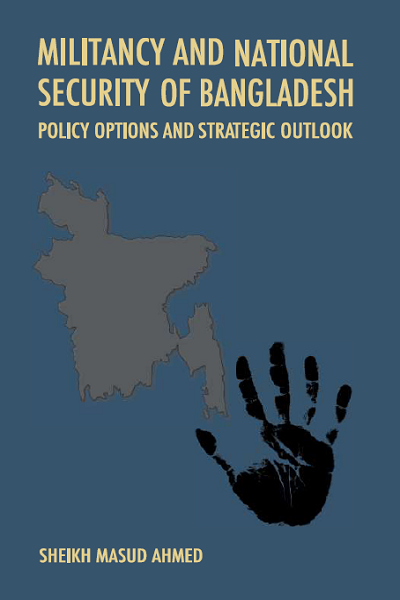Threat Assessment, Securitization and Policy Responses

This study offers a comprehensive mapping of militant ecosystems in Bangladesh, tracing ideological streams, recruitment and financing pipelines, and transnational linkages while distinguishing homegrown cells from externally inspired networks. It combines incident analysis, open-source intelligence, and interviews to explain how technological diffusion and social media created micro-radicalization nodes even as classical organizations fragmented. The author frames national security through a whole-of-society lens that balances policing and intelligence reforms with community resilience, prison de-radicalization, and education-sector content review. The book compares waves of militancy since the 1990s, noting how doctrinal shifts mirror regional and global shocks, and evaluates legal-institutional tools from anti-terror finance regulations to digital evidence protocols. It assesses vulnerabilities in crowded public spaces, soft targets, and critical infrastructure, and presents priority actions: interoperable databases, joint tasking, early-warning with telecoms, and rehabilitation pathways for disengaged individuals. International cooperation—intelligence sharing, extradition, and capacity building—sits alongside rights-protective policing, insisting that long-term stability rests on both security and legitimacy. The concluding chapters translate lessons into implementable options across prevention, protection, pursuit and preparedness.